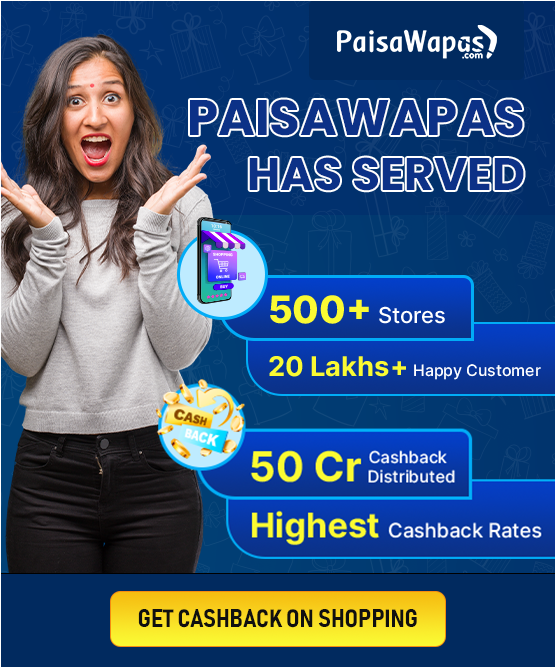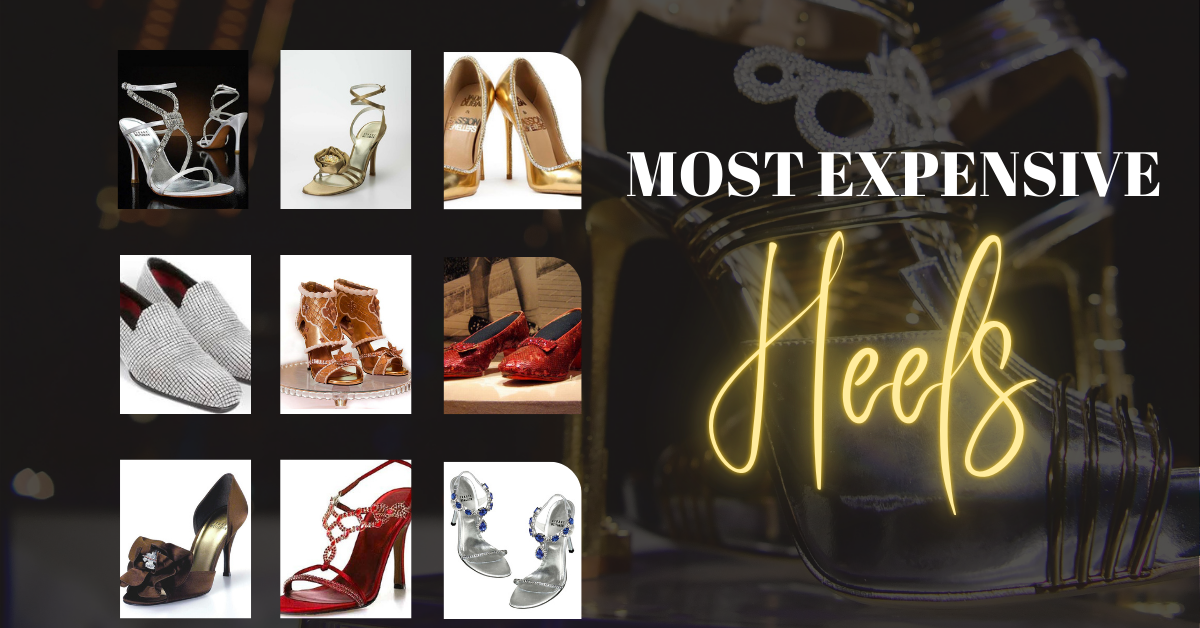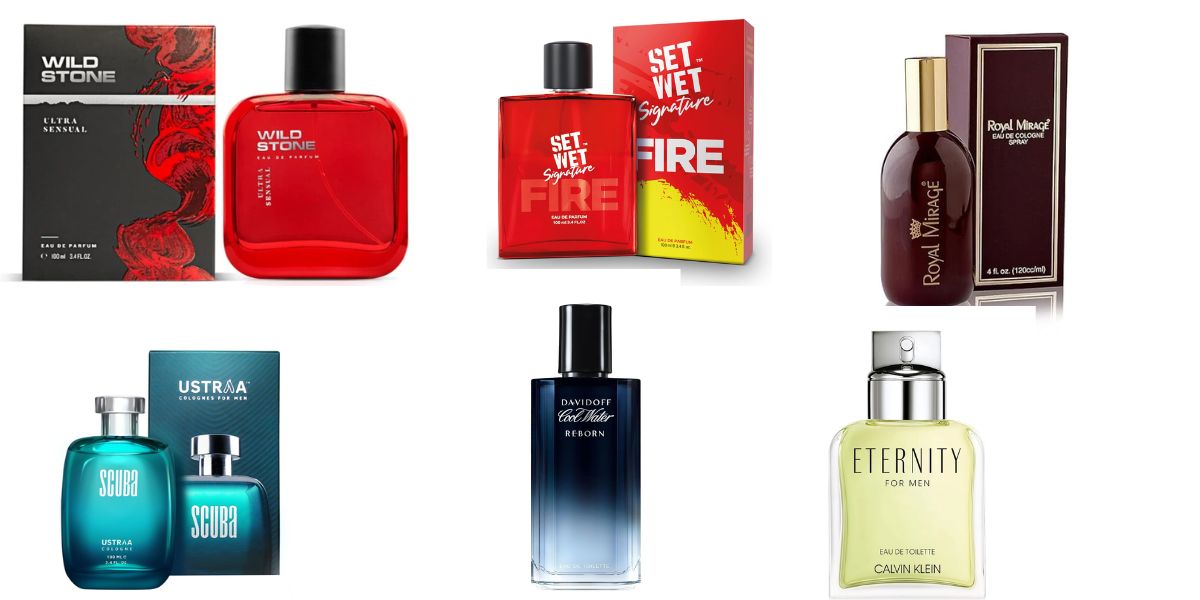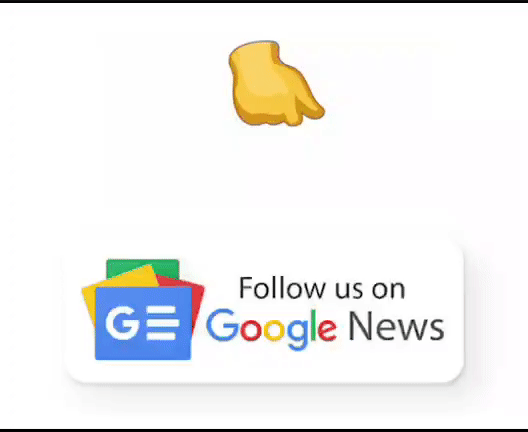
Strategies for B2B companies in covid-19
The whole thing got me thinking about businesses in general what can our clients and other business be doing to optimize their existing marketing during the time. While there is no one answer , there are few strategies to start with .
Take advantage of free time
Businesses are doing everything they can to keep employees active and engaged. But in some cases, there just isn’t enough to do. Or is there?
Marketers are constantly talking about how they don’t have enough time or resources to be successful.
Make a list of the things you need done that you just haven’t had time for and start allocating those items to your team.
Think about the website changes you’ve been wanting to make or the email template you needed created but haven’t had time to do. What about those social media graphics you have always wanted but haven’t been able to prioritize? Now is the time!
This is also a great way to help train and educate your team in areas they may not be as strong.
Talk to them about the areas they want to grow in and see how that fits into your wish list. You might find there is an employee who’s been eager to learn email marketing. Let her jump in there and work on building that template. Not only will you be able to cross items off of your marketing wish list but you’ll also improve employee development at the same time.
Social media marketing
Social media is the modern-day B2B billboard and can significantly help your brand. But before you jump into B2B social media marketing, I’ll let you in on a secret: pick your platforms wisely, because not all social media platforms are best for every business. The exception for B2B is LinkedIn. If you’re B2B, you need to be on LinkedIn.
Before you dump your entire marketing budget into social, understand it will probably not become your top source of B2B leads and sales—that’s why it’s under the demand generation section.
Will it support your lead generation tactics, improve your branding and authority, and help tip iffy buyers over the edge?
If you’re good at it, yes—but you have to be good at it, or have a social media marketing company that is. Based on my experience in managing social media for B2B companies, these are the best types of social media posts for B2B demand generation:
- Blog posts
- Upcoming (and previous) webinars
- Statistics and “did you know” facts
- Industry news
- How to, branding, and attention-grabbing videos under 60 seconds
- Case studies, white papers, and industry research
Content marketing
Content marketing is one of the best ways to keep current aclients interested. Not only does it keep your company top-of-mind, but it also empowers your buyers to make better decisions with your service or products. There are five types of content marketing that work for client retention and recovery:
- Blogs – Every morning, I read up on my favorite marketing and MarTech blogs to see what’s new. The better the blogs, the more skills and knowledge I gain, the more I respect the vendor, and the more likely I am to use them again.
- E-books and whitepapers – Now that you’ve got a customer, empower them by giving them educational material in the form of whitepapers and e-books.
- Social media – Regularly post your blogs, webinars, new products, and client testimonials to your social media profiles. You never know when they’ll see something that sparks their interest.
- Videos – Video marketing is great for customer retention and recovery, and it can be a pretty innovative B2B marketing strategy if you go with 360-degree and interactive videos. Create video versions of your blogs, explainer videos, and short ads for different products and services.
- Webinars – Help customers use your product or take advantage of your service more effectively with educational webinars, interviews, and Q&As.
Don’t forget about future
One of the biggest challenges with the current climate is the unknown. It seems like things change minute to minute and as a business (and human), it’s tricky to navigate. That being said, it’s important not to forget about the future.
Take for example something as simple as content. A number of clients and colleagues have reached out asking what they should do about their content marketing efforts. Do we keep publishing? Do we pause? What is the right step?
I offered my thoughts to Marketing Land on this exact subject (here) but the gist of it is we still have to think about the future. That post you are writing — it might take three months to gain traction. If you delay publishing, you are only pushing results further down the road.
The same thing applies to your SEO efforts. If you stop optimizing now, you are only hurting yourself in the long run. Can you refocus efforts to ensure you are targeting key business drivers? Absolutely.
I know it’s hard to make decisions when we don’t know what the future will bring but it’s important to remember that there is a future and you want to be as prepared as possible for it.
Advertising
There are a number of platforms on which your firm can advertise effectively:
- Industry publications and websites
- Social media
- Search Engine Marketing (SEM) – Google Ads, as well as Bing and Yahoo
- Retargeting – A cookie-based technology that uses a simple JavaScript code to anonymously “follow” your audience across the Web and serve relevant ads
Advertising doesn’t just promote your services – it can also play an important role in driving content downloads, increasing both your expertise and visibility.
It’s important, however, to use forms of advertising best-suited to professional services. LinkedIn, retargeting, and other industry-focused advertising tend to work best, because they allow you to most directly target appropriate industry audiences, which leads to more conversions, higher click-through rates, and lower cost per download.
Search engine marketing (SEM), on the other hand, often can be more expensive and harder to target for professional services’ purposes. Similarly, Facebook ads tend to be less effective because the platform is used at a lower rate by professional services buyers than other social media networks..
However, it’s important to remember there are many variations of each of these advertising types. Professional services firms might find them more or less successful depending on budget, ad purpose, targeting, and industry niche.
Marketing Automation
(Including e-mail marketing)
Email is a pretty traditional B2B marketing strategy—an oldie but a goodie.It’s a great way to stay top-of-mind and help your existing customer base stay aware of new products, insights, and deals/savings from your company.
The marketers doing it right see (on average) a 760% increase in revenue from segmented, customized marketing campaigns. Some examples of good email marketing for the bottom of the funnel include:
- Monthly newsletters
- Blog newsletters
- Webinar notifications
- New service offering notifications
- Thank-you and culture-building emails
- Webinar announcements and reminders
- New e-book announcements
- Staff introduction emails
Search Engine Optimization(SEO)
Search engine optimization is the process of altering your website’s code and content to rank higher in search engines (like Google) for specific keywords and phrases. You need it because 71% of B2B researchers begin their research with generic Google searches, and researchers do an average of 12 searches before engaging on a specific brand’s site.
That means you (and your competitors) have 12 opportunities for your website to rank at the top of the search results and grab the attention of a buyer.
SEO fits in both the demand generation and lead generation buckets, depending on what keywords and phrases you optimize for. For example, if you optimize a piece of content for “what is B2B marketing,” you’re more likely to catch the attention of someone in the very early stages of the buyer’s journey. Switch that optimization to “B2B marketing company reviews,” and you’re more likely to attract buyers in the purchase, or “do” stage of the journey. This is called optimizing for search intent.
Niche driven strategy
One of your most important business considerations – period – is specialization and niche targeting. Our research has repeatedly shown that the fastest-growing firms tend to be specialists in a carefully targeted niche. This should be an area of the industry that you understand thoroughly, a space in which you can become an undisputable expert and leader.
Specialization makes all of your marketing efforts easier, because it tends to define exactly what you do and immediately distinguish you from the competition. A specialization is a differentiator that proves itself.
Video marketing
Every day when he gets home from work, Blue Corona’s CEO sits down on his couch, turns on his smart TV, and watches business, leadership, and marketing YouTube (and now TikTok) videos for 20-odd minutes until dinner’s ready.
Every. Day.
He’s not alone—70% of B2B buyers and researchers watch videos on their path to purchase. Business decision makers LOVE online videos because they’re the fastest, easiest way to get information. No decision-maker in any company ever has said, “Wow, look at all the time I have.”
That’s not the only reason to use videos in the awareness stage—viewers retain 95% of a message when they watch it in a video compared to 10% when reading it in a text.
Get their attention with top-of-the-funnel video marketing. The best videos for top-of-the-funnel marketing are:
- Video mid-roll and pre-roll YouTube ads
- How-to videos
- Branded videos and video ads
- Blog videos
- Entertaining, funny, or attention-grabbing videos
The key here is that you have to distribute them. Sure, you can make a bunch of videos and let them sit on your YouTube page, but that’s about as effective as throwing a bunch of brochures in the air and walking away. Distribute your videos via PPC ads and social media ads.
Display marketing
B2B buyer funnel is the “see” stage, and display ads are a perfect “see” strategy. If you aren’t familiar with them, display ads are image, video, and text ads displayed on the pages of websites participating in Google’s AdSense program.
Display advertising is a reliable medium for the top of the funnel for two reasons:
- It’s contextual advertising—advertising on a website that is relevant to the page’s content.
- It takes advantage of the cell phone theory, which says consumers subliminally take in what’s around them even when they’re distracted. Later, those subliminal surroundings seem familiar, meaning consumers can remember your company simply by subliminally taking in the message from a PPC display ad while they’re doing something else.











Add Comment